When buying a home in Calgary, you’re not just purchasing four walls and a roof—you’re buying into the unique challenges of the Alberta climate. From sudden Chinooks to long, cold snaps, our extreme temperature swings put immense pressure on your home’s most critical component: the foundation.
The constant cycle of freezing and thawing (the “freeze-thaw factor”) can cause the surrounding clay soil to expand and contract dramatically. This relentless movement can gradually damage concrete foundations, often in ways that are subtle to the untrained eye.
As dedicated Calgary Home Inspectors, we at NexLevel Home Inspections know exactly where to look for the signs of freeze-thaw stress. Here are the 5 major foundation red flags we never miss during an inspection in Calgary, Cochrane, Airdrie, and the surrounding areas.
1. The Critical Horizontal Crack
A foundation crack is not always a major problem. Small, vertical hairline cracks are often due to normal concrete curing or minor settling. However, when we spot a horizontal crack, our investigation begins immediately.
The Red Flag:
A crack that runs laterally along the length of the basement wall, especially near the middle or top.
Why It Matters in Calgary:
Horizontal cracks are the telltale sign of hydrostatic pressure—the relentless lateral force exerted by saturated, freezing soil. Calgary’s expansive clay soil absorbs moisture from heavy snowmelt or rainfall. When this moisture freezes, the soil expands, pushing inward on the foundation wall. An unaddressed horizontal crack indicates structural failure that can lead to the wall bowing or, in severe cases, collapsing. This is a big-ticket, essential repair.
2. Stair-Step Cracking in Block Foundations
Many older homes in inner-city Calgary neighbourhoods have concrete block or brick foundations. These walls react differently to freeze-thaw stress than solid concrete walls.
The Red Flag:
Cracks that follow the mortar lines in a zigzag, staircase pattern.
Why It Matters in Calgary:
Stair-step cracking is a strong indicator of differential settlement. This means one part of the foundation is sinking or being pushed upward faster than the other. Given Calgary’s heavy, moisture-sensitive clay soil, this type of uneven movement is very common. An inspector will check if the crack is widening or if there’s a corresponding slope to the floor above, confirming structural instability.
3. The “Bowing” or Bulging Basement Wall
The most visually alarming sign of long-term freeze-thaw damage is a wall that is no longer straight.
The Red Flag:
A noticeable curve or bulge inward on a basement wall. You may feel this bulge by running your hand along the wall.
Why It Matters in Calgary:
A bowing wall is a result of years of external pressure (often from freeze-thaw cycles and poor exterior drainage) exceeding the wall’s strength. This is an extremely serious structural issue. If you see this, or if our inspector finds it, the wall requires immediate stabilization, usually with internal steel beams or carbon fibre strips. This is one of the most expensive and critical repairs revealed in a home inspection.
4. Efflorescence and Active Water Seepage
Water is the root cause of almost all foundation damage, and the freeze-thaw cycle is its primary delivery mechanism. Even without a visible crack, water intrusion can be a major red flag.
The Red Flag:
- A white, powdery, chalky residue (efflorescence) on the interior of the concrete wall.
- Visible water stains or a damp, musty smell in a finished basement.
Why It Matters in Calgary:
Efflorescence is a mineral deposit left behind when water passes through the concrete and evaporates. It proves that water is infiltrating the foundation, either through tiny pores or hidden cracks. When that infiltrating water freezes, it worsens the problem. In Calgary, a musty smell often points to improper exterior grading where snowmelt pools against the house, saturating the soil and creating the perfect environment for freeze-thaw damage.
5. Improper Exterior Grading and Downspout Location
While not a crack itself, poor exterior maintenance is the single biggest contributor to foundation failure in Alberta.
The Red Flag:
- Soil around the foundation is sloped towards the house.
- Downspouts dump rainwater or snowmelt directly onto the ground next to the foundation wall.
- The ground is visibly pulling away from the foundation wall (a sign of dry, shrinking clay soil).
Why It Matters in Calgary:
Proper grading ensures that every litre of water from our major snowfalls and heavy spring rains is directed away from your foundation. If the ground slopes toward the house, water soaks into the clay soil, causing it to swell in volume. When it freezes, it presses on the foundation. When it dries out, it shrinks and pulls away, leading to settlement. Our inspectors always check the grading and downspouts because this simple issue can lead to catastrophic damage over time.
Before You Buy, Get the NexLevel Advantage.
Foundation problems are costly, but an expert inspection provides the necessary leverage and knowledge to make an informed decision. Don’t risk buying a beautiful home with a failing foundation.
At NexLevel Home Inspections, we use our local expertise across Calgary, Cochrane, Airdrie, Chestermere, and Okotoks to spot these high-cost freeze-thaw red flags, giving you peace of mind and clarity on your investment.
Ready to book your foundation-focused inspection?
📞 Call us 24/7: (403) 633-6616 or (587) 830-0840 📧 Email: nexlevelinspections@gmail.com 📍 Head Office: 715, 100, 4th Av SW, Calgary, Alberta



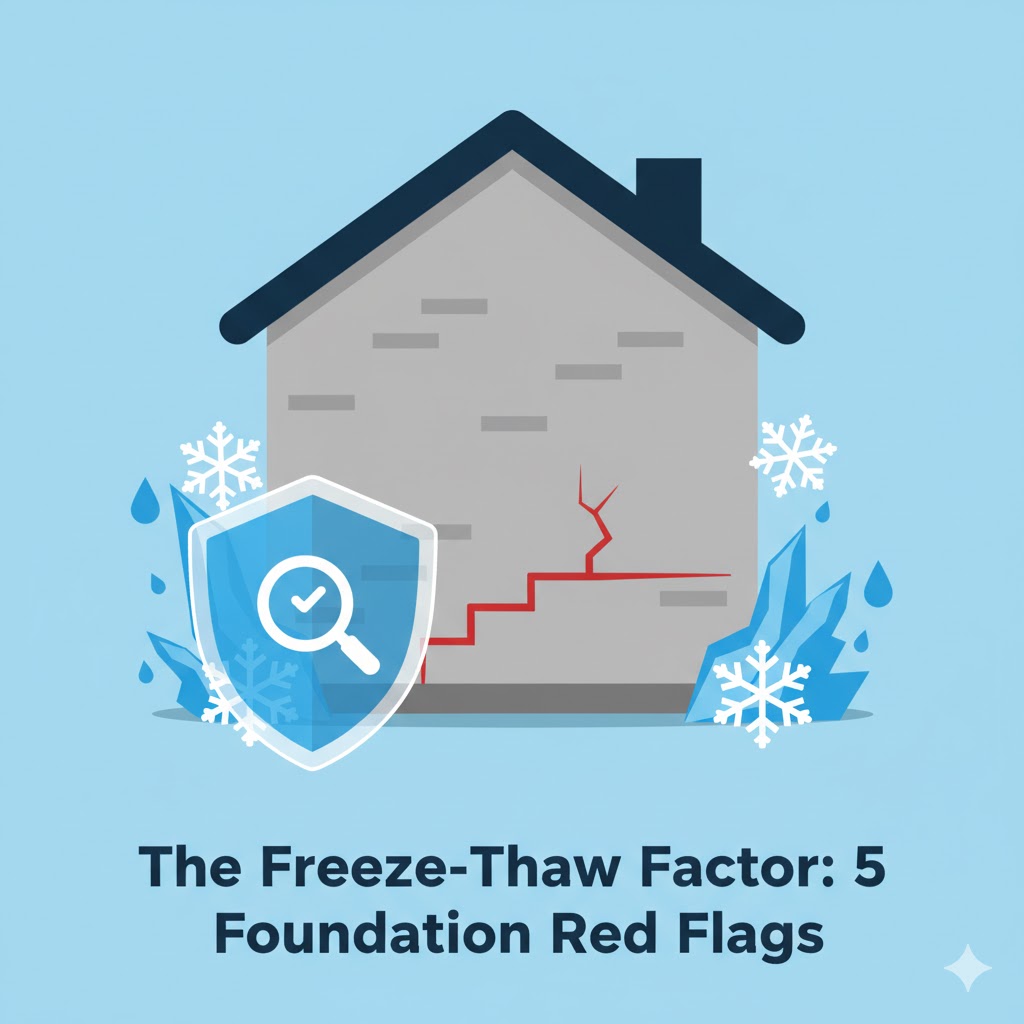
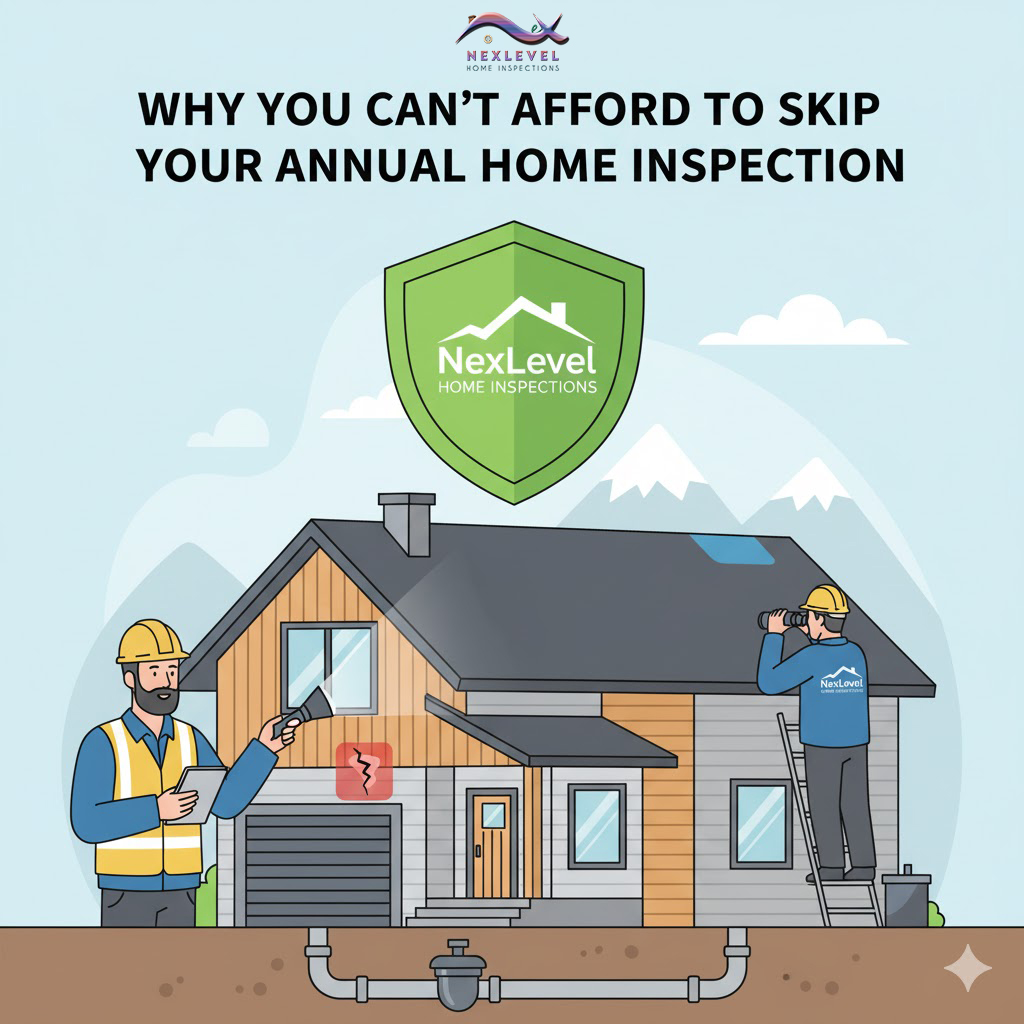
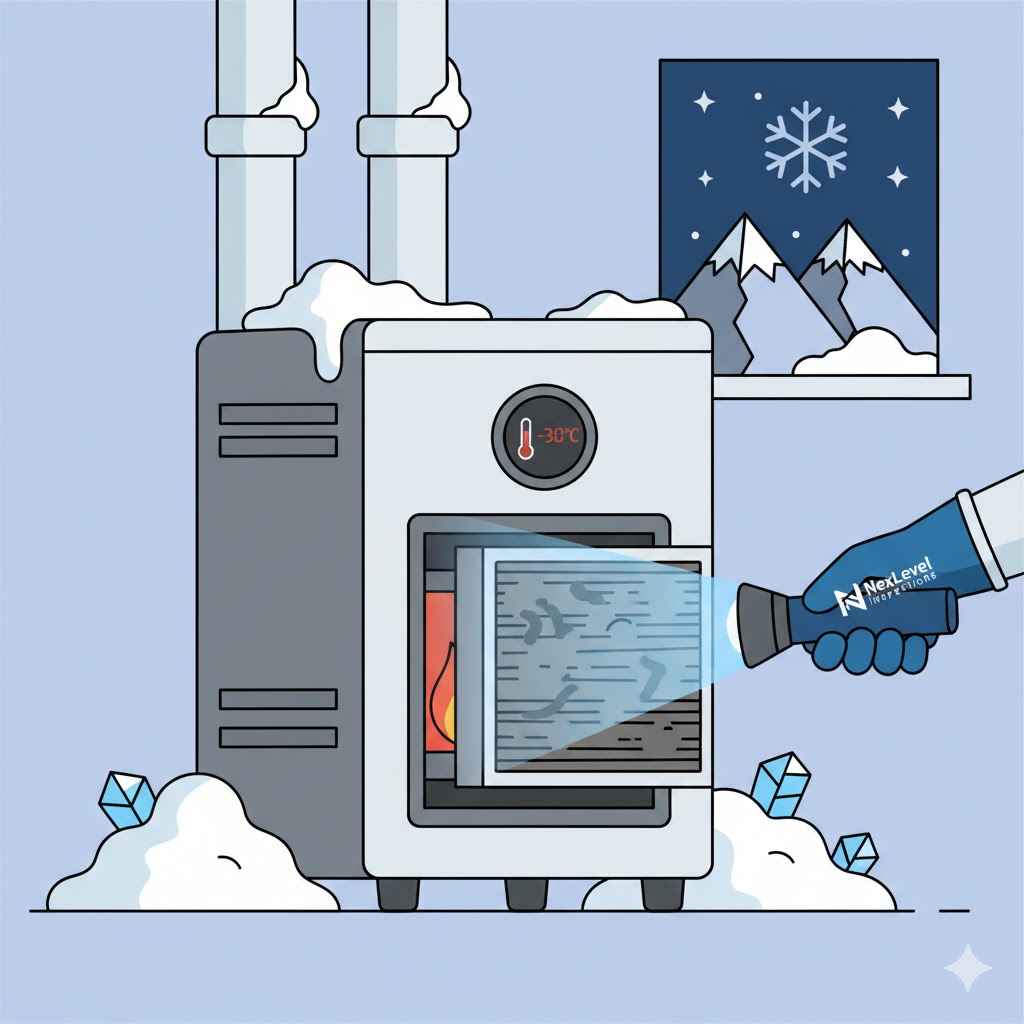

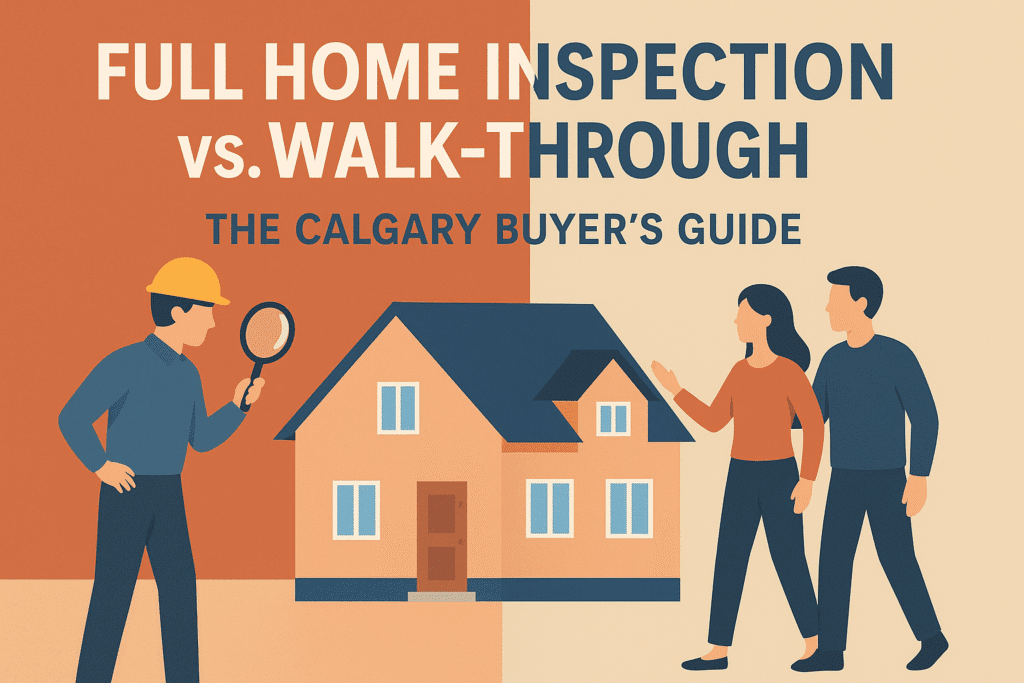





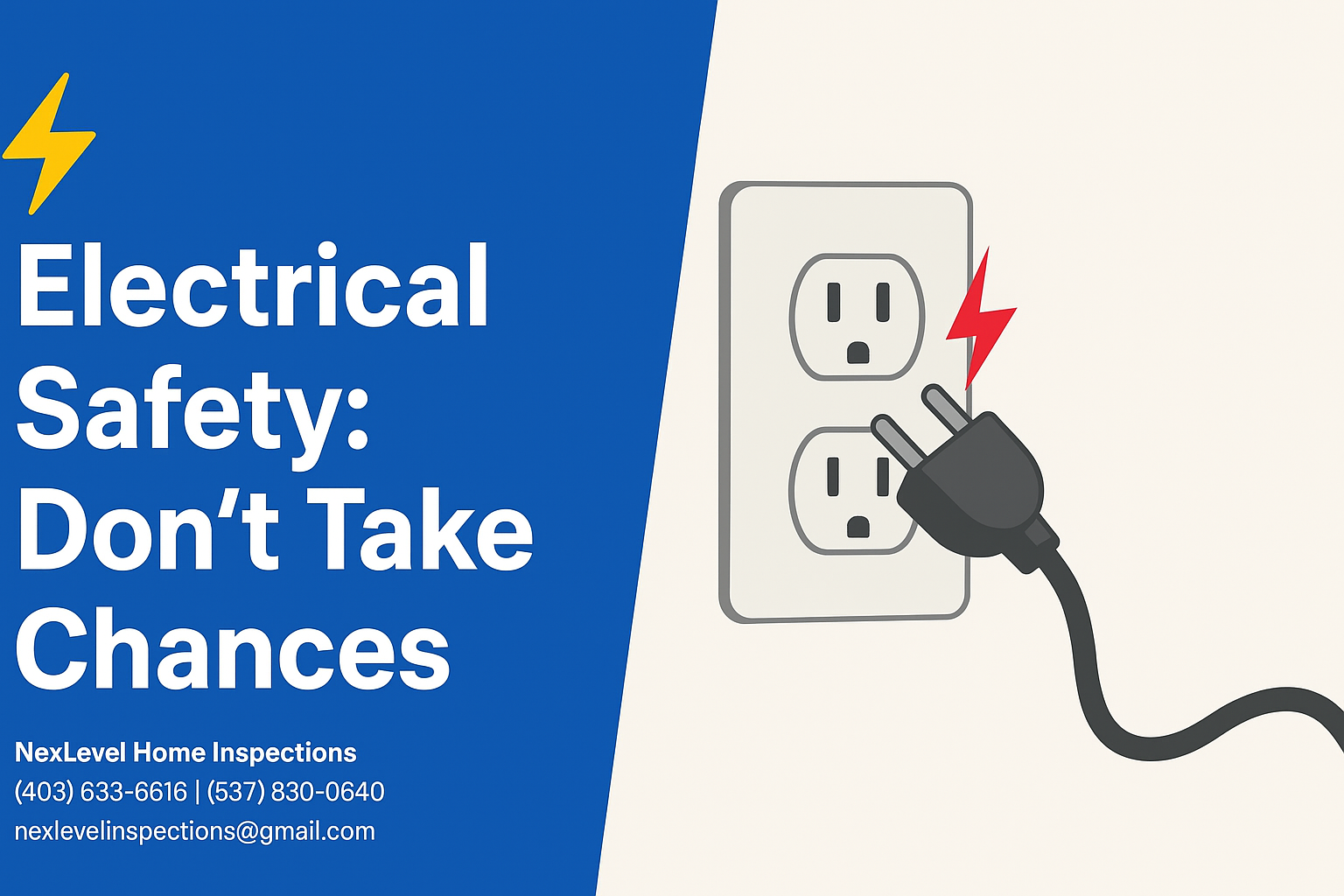
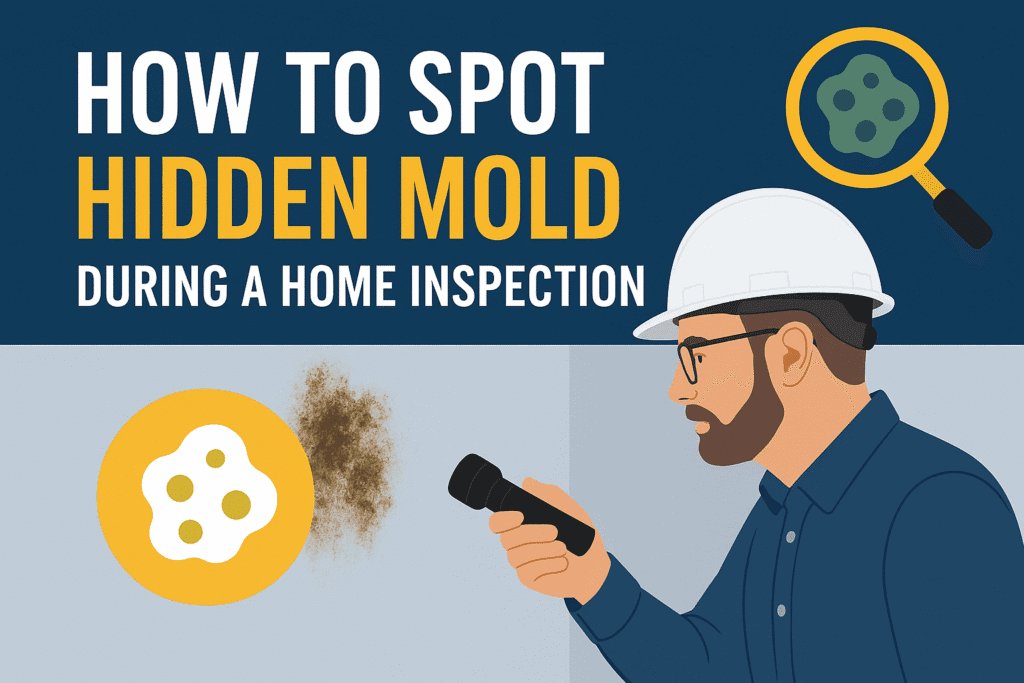

Leave a Reply